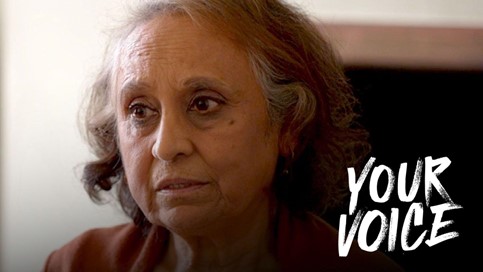Meet six-year-old English Setter, Otis, who is brightening up the day of some of our youngest patients.
The pooch will visit Sandwell Hospital, in the West Midlands, with one mission in his mind – to comfort them during their stay.
The dog and his owner, Sharon Siddall, will be visiting paediatric wards once a week as part of the pet therapy programme.
The scheme, which has been running for nearly a year on Newton 4 ward where stroke patients are treated, has been expanded so that children will also benefit from this therapy.
Liza Gill, Volunteer Service Manager said: “After seeing how pet therapy helps our stroke patients during their stay at the hospital, I thought it would be a good idea to introduce the pets to our children’s wards as well, as they can help distract children from their illness and boost their mood.
“Matron Jez Jones agreed and welcomed the idea to invite Otis to meet his young patients.”
Retired teacher, Sharon, who was invited to bring her dog Otis to the hospital, said: “I’m so thrilled to take Otis into the hospitals to visit young patients.
“I have been taking him to Sandwell Hospital since September to see stroke patients and immediately, I could see the difference he made to patients.
“He really enjoyed being around people and he is happy for everyone to come and pet him.
“Nurses have been telling me how stroke patients always look forward to seeing us and how Otis makes everyone really happy.
“Before I volunteered with Pets as Therapy, Otis used to come with me to my school. So he was comfortable with being around children and he loved them. I’m sure he will enjoy visiting the children in the hospital.”
Otis and Sharon will visit the children’s wards every tomorrow (Thursday).
Pet therapy is a guided interaction between a person and a trained animal. It also involves the animal’s handler. The purpose of pet therapy is to help someone recover from or cope with a health problem or mental disorder. Research has shown pet therapy is beneficial to patients in many ways, including helping to reduce blood pressure and improving overall cardiovascular health. It can also release endorphins that produce a calming effect. This can help alleviate pain, reduce stress, and improve patients’ overall psychological state.
















